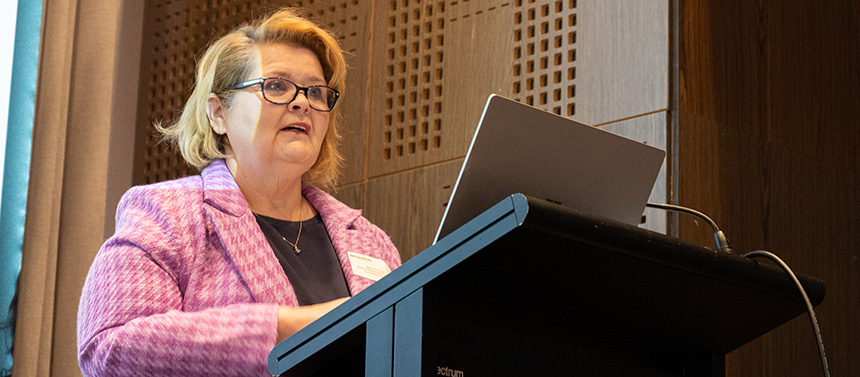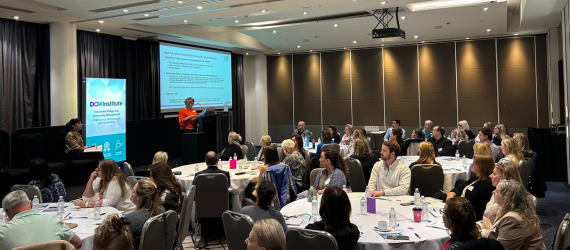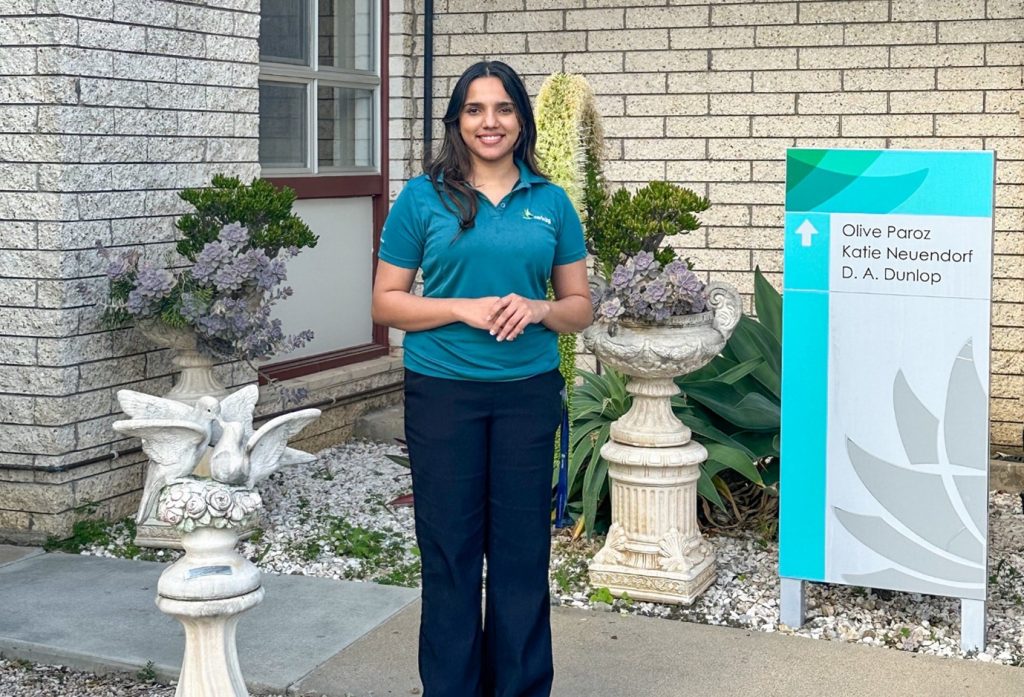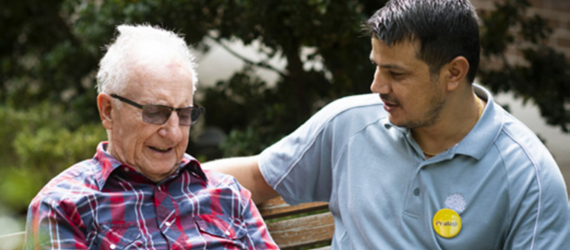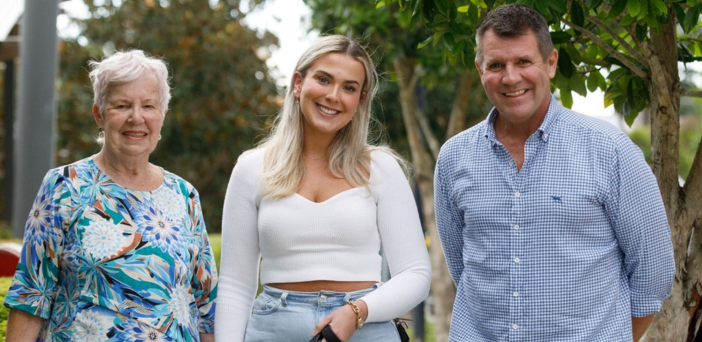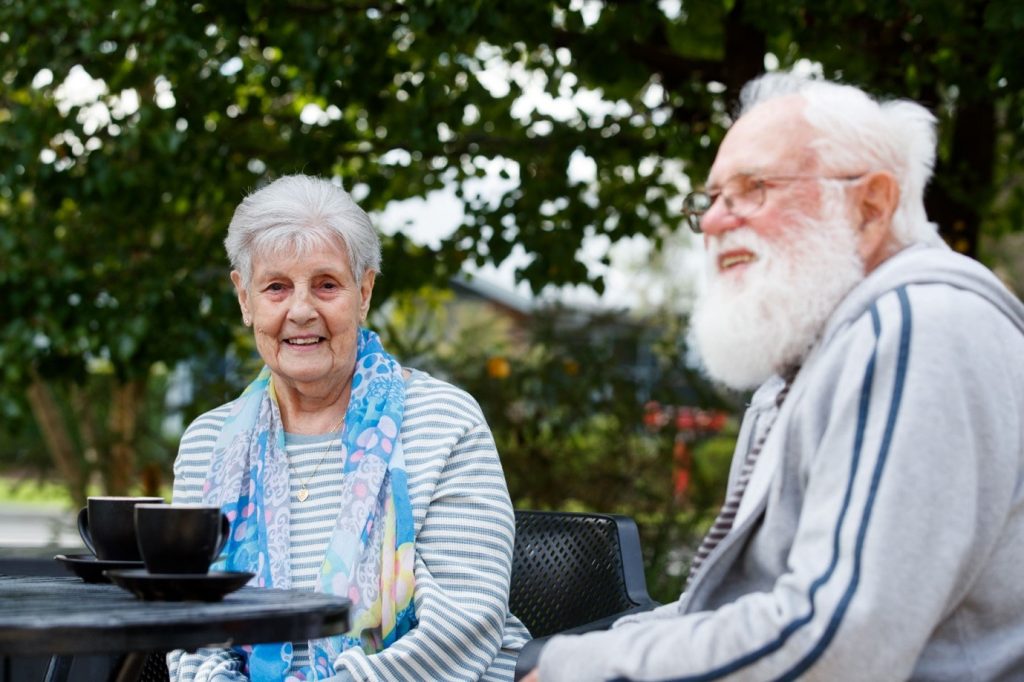Dementia Action Weeks starts on Monday 18th September and coincides with World Alzheimer’s Day on Thursday, 21st September.
During Dementia Action Week communities across the nation are encouraged to unite under the theme, ‘Act Now for a Dementia-Friendly Future.’
At our recent Professional Development Days, we had Marie Norman from Dementia Australia join us. Marie spoke on the important role retirement villages can play in leading the charge through educating residents and staff about a world where dementia is met with compassion, understanding, and support.
Marie, shed light on the profound impact such initiatives can have on individuals living with dementia.
“There is an estimated half a million Australians living with Dementia, and almost 1.6 million people involved in their care,” Marie shared.
The essence of Dementia Action Week to foster inclusive communities that embrace and support those living with Dementia.
Statistics from Dementia Australia’s research reveal that, although two-thirds of people with dementia live within the community, 81 percent of individuals with a loved one living with dementia feel that those in shops, cafes, and restaurants treat them differently.
This underscores the urgency of making our communities more dementia-friendly. We previously looked at this topic in a recent edition of FRIDAY, which you can revisit here.
During Dementia Action Week, Dementia Australia encourages all of us, to engage with individuals living with dementia, their families, and caregivers.
Marie discussed how Village Managers around the country have been known to hold ‘awareness’ morning teas and events, which can be supported a digital toolkit with resources that provide actionable information on how they can contribute to making their organizations more dementia-friendly.
Retirement Village Managers have a continued role to play in shaping these dementia-friendly communities.
We encourage you to join us during Dementia Action Week and throughout the year to lead the charge in creating a world where dementia is met with empathy, understanding, and support.
By taking small yet meaningful steps, we can create better experiences for everyone in our communities.

Dementia Action Week 2023 is from Monday 18 September to Sunday 24 September, with World Alzheimer’s Day occurring on Thursday 21 September.
This year’s theme is Act Now for a Dementia-Friendly Future.
For more information visit https://www.dementia.org.au/

